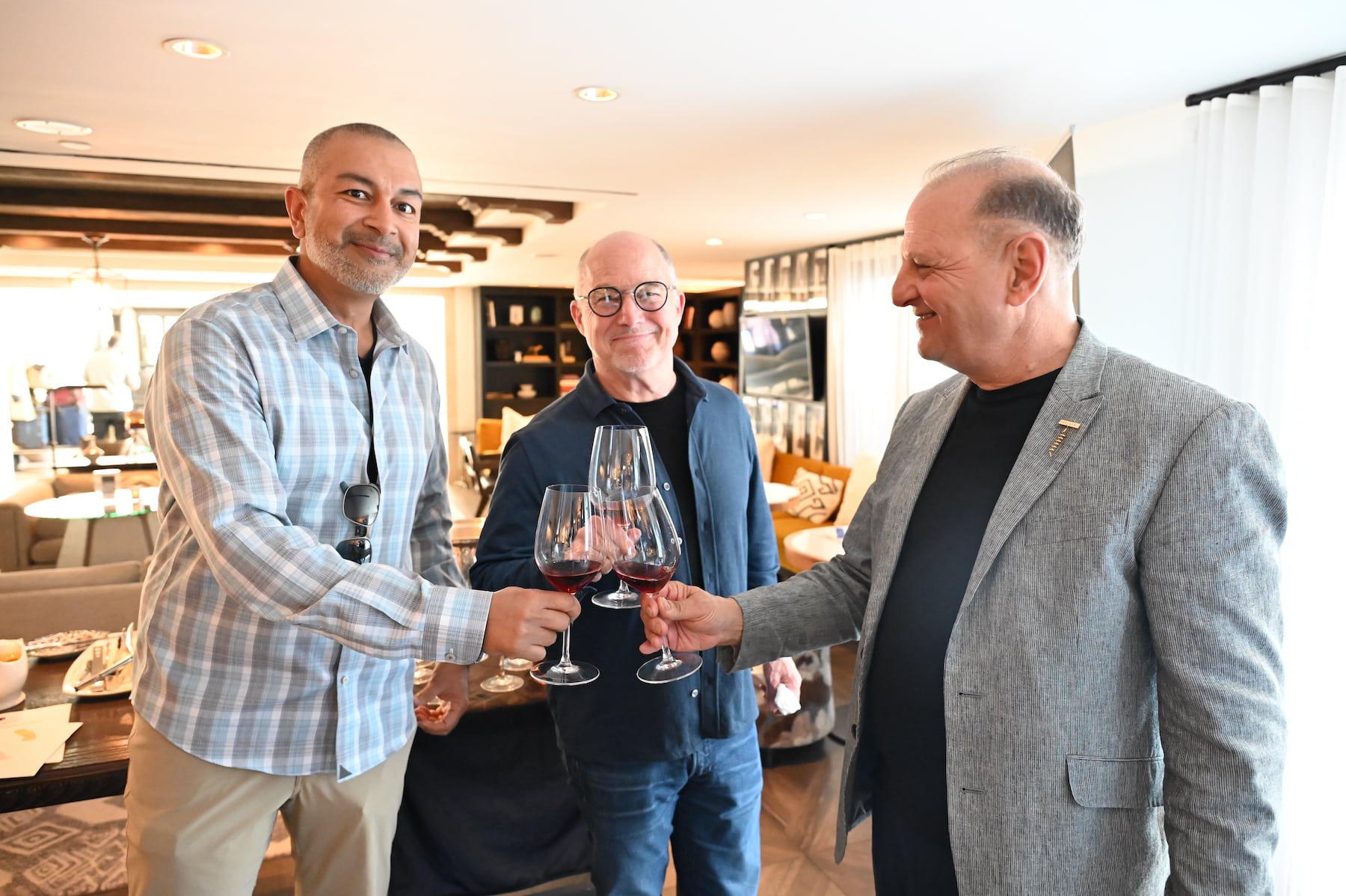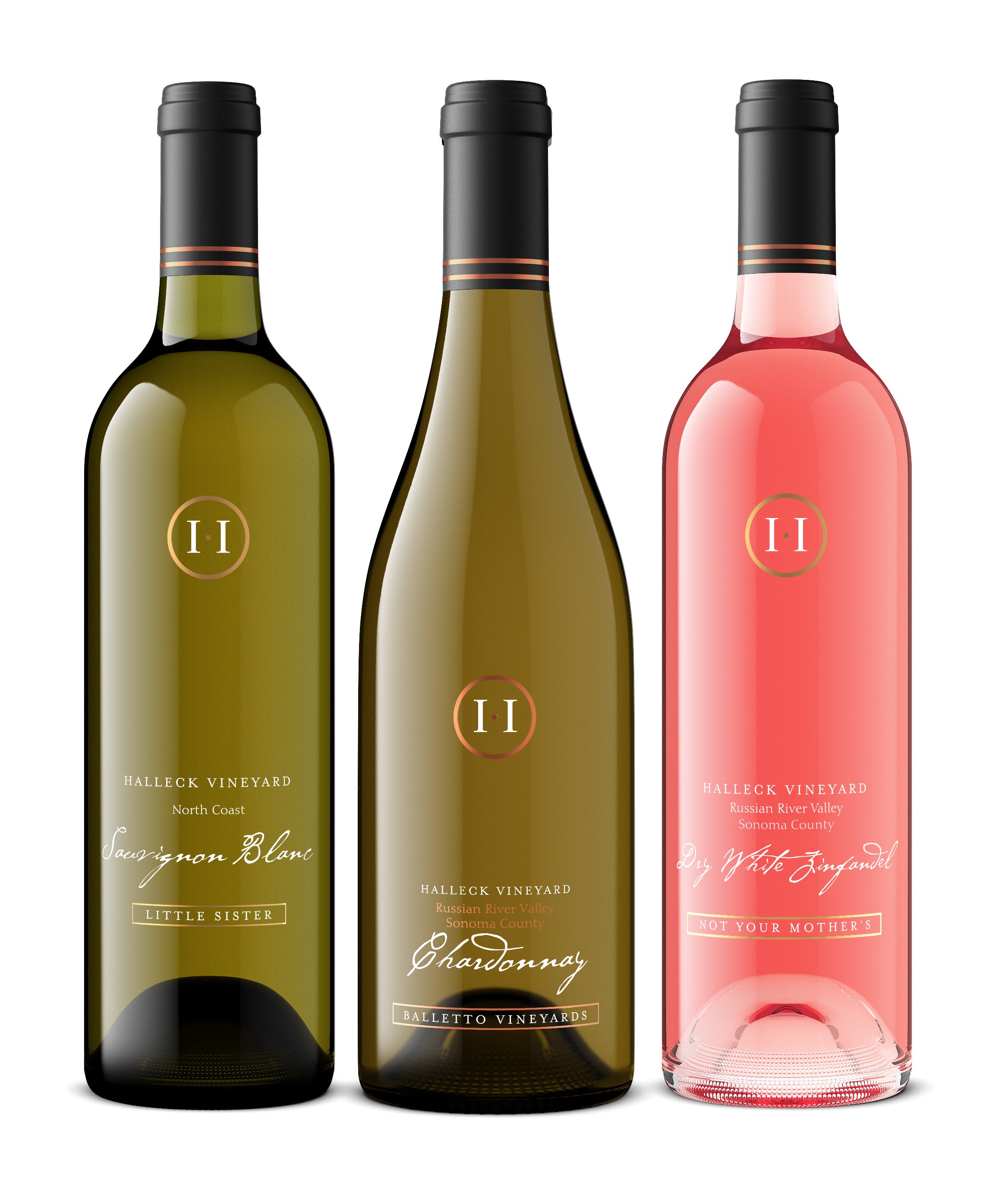Beautiful Picnic Areas At Sonoma Wineries - A Visit To Sebastopol Wineries
Beautiful Picnic Areas At Sonoma Wineries - A Visit To Sebastopol Wineries
Blog Article
Wineries With Artisan Chocolate Pairings In Sonoma - Enjoying The Best Wineries In Sebastopol
Visiting a winery for a wine tasting could be a fascinating experience, particularly when you know how to maximise the chance with tasting notes. These notes function a guide to understanding the complexities of the wines you pattern and assist in forming a deeper reference to every pour. Using tasting notes can remodel your experience, permitting you to savor not simply the style but additionally the story behind each bottle.
Each wine has a singular profile influenced by grape variety, terroir, and winemaking techniques. Understanding these elements can improve your appreciation of the wine. When you are given a tasting menu or a flight of wines to pattern, take the time to read through any descriptions supplied (Wineries In The Heart Of Sonoma County Wine Region). This preliminary overview can set the tone and expectations in your tasting experience.
Begin your wine tasting by observing the wine in your glass. The shade can reveal a lot concerning the wine’s age and varietal. Take notes on the hue, readability, and viscosity. A well-structured tasting note often consists of this visible assessment as it types the muse of your evaluation. While it might appear trivial, the visual facet is essential in wine tasting.
Vintage Wine Tasting Experiences In Sebastopol - Exploring Sonoma's Wine Landscape
After your visible evaluation, it's time to take a delicate whiff. Swirl the wine in your glass to aerate it, releasing its aroma. This is where tasting notes turn into notably valuable. Make notes concerning the different scents you detect—fruits, spices, or floral hints. Figuring Out these aromas will assist you to put words to the intrinsic complexities of the wine you're sampling.
The subsequent essential step is the tasting itself. Take a small sip and let the wine roll over your palate. Note the flavors you experience. Are they sweet or tart? Where does your palate detect every flavor? Some wines could present immediate sweetness followed by a tannic end. Use your tasting notes to document these layers, making a roadmap of your sensory experience.
Think About also the mouthfeel of the wine as you style. Is it clean, crisp, creamy, or perhaps tannic? This textural quality considerably influences the overall enjoyment and impression of the wine. Observing the mouthfeel can reveal the quality and craftsmanship behind the winemaking course of.
It Is beneficial to check completely different wines as you taste them. If you're sampling a flight with contrasting varietals, make an observation of the variations you perceive. How does the acidity range from one wine to another? Which wine feels fuller, and which is more refreshing? This comparative exercise deepens your understanding and helps sharpen your analytical skills.
Top Rated Wine Experiences In Sebastopol - Wine Tours And Tastings In Sebastopol

Have Interaction with the winery staff while tasting. Educated hosts usually share insights about the winery's history, the particular vintage, or the winemaking philosophy, enriching your appreciation of the wine. Don't hesitate to ask questions that pique your interest based mostly in your tasting notes. Many hosts enjoy discussing their wines and may supply a wealth of knowledge that isn’t readily available from printed materials. Wineries With Educational Tours In Sonoma.
Hold in mind the seasonality of wines as you taste. Completely Different wines evoke varied moods and pair well with distinct culinary experiences. Take notes on the way you would moved here possibly enjoy a specific wine with food. This not solely provides context to your tasting notes but also aids future choices and purchases.

Another helpful tip while utilizing tasting notes at a winery is to document your impressions instantly. As wines can blend and create a uniform flavor reminiscence, jotting down your thoughts promptly ensures a extra accurate reflection of your experience. Use adjectives that resonate with you, crafting a private vocabulary to describe every wine based on your preferences.
After finishing the tasting, evaluate the notes you’ve taken. Replicate on which wines stood out to you and why. This reflection reinforces your tasting experience and highlights what you might search in future purchases. If you've famous specific aromas or flavors that captivated you, this info empowers you to choose out wines that align together with your palate.
Wineries With Picnic Areas - Celebrated Wineries Around Sebastopol
Wine tasting can also function a possibility for socializing. Sharing your tasting notes with companions can ignite partaking discussions on flavors, preferences, and impressions. This communal aspect of wine tasting usually enhances the experience, cementing lasting recollections you could recall with a cup of wine in hand.
In conclusion, using tasting notes at a winery wine tasting can significantly enhance your experience. By observing the visible elements, aromas, flavors, mouthfeel, and even the stories behind the wines, you create a wealthy tapestry of notes that can guide your future wine experiences. Engaging with the workers, comparing wines, and reflecting on your impressions will deepen your appreciation for the art of winemaking. Every tasting is a chance to discover and join with wines in exciting new methods. With practice, your tasting notes YOURURL.com will evolve, turning into a cherished component of your wine journey.
Wineries With Unique Tasting Experiences - Sonoma Vineyards To Explore
- Start by familiarizing yourself with the winery's tasting notes; they usually describe the wine’s aroma, flavor profile, and end, offering a useful framework.
- Use your senses of sight and smell before tasting; swirl the wine in your glass, observe its shade, and inhale its bouquet to seize the wine's initial characteristics.
- When tasting, take a small sip and let the wine coat your palate; concentrate on the first flavors and any secondary notes which will emerge, such as fruit, spice, or earthiness.
- Pay attention to the feel and mouthfeel of the wine; is it clean, tannic, creamy, or crisp? This aspect can considerably improve your understanding of the wine.
- Examine the tasting notes with your sensory experience, noting any similarities or discrepancies, which might deepen your appreciation of every wine’s complexity.
- Consider the wine’s growing older potential by analyzing its construction and stability; some wines could also be gratifying now, whereas others may evolve beautifully over time.
- Take notes in the course of the tasting; recording your impressions might help you bear in mind each wine better and refine your palate for future tastings.
- Have Interaction with the tasting workers; ask questions about the wine production course of, grape varieties, and the particular notes you're detecting to reinforce your knowledge and experience.
- Discover pairing suggestions alongside your tasting; understanding which foods complement the wine can enrich both the tasting experience and your appreciation for the wine's nuances.
- Respect various preferences among your group; wine tasting is subjective, and inspiring open dialogue about individual tastes can result in a more gratifying and informative experience.undefinedWhat are tasting notes, and why are they necessary at a wine tasting?undefinedTasting notes are descriptions of the flavors, aromas, and overall impressions of a wine. They are necessary as a outcome of they guide your palate and enhance your understanding of the wine's traits, helping you recognize different varieties and styles.
How should I take notes during a wine tasting?undefinedYou ought to focus on key elements corresponding to aroma, flavor, body, acidity, and finish. Use a structured format or template to categorize your ideas and write down your impressions instantly after tasting. This helps you keep in mind your ideas later.
Can I use my very own words to explain a wine, or should I stick to straightforward tasting terms?undefinedYou can absolutely use your own words to describe a wine. Whereas standard tasting terms may help convey specific qualities, personal descriptors add authenticity to your notes and may make your wine experience extra enjoyable and relatable.
Should I focus on specific flavors in the wine or the general experience?undefinedBoth elements are essential. Whereas specific flavors assist you to establish the unique characteristics of a wine, the general experience encompasses how all components combine—creating a more holistic understanding of the wine.
Wine Tasting Trails In Sonoma Valley - Top Sonoma Wineries To Visit
What if I can't establish certain aromas or flavors throughout a tasting?undefinedIt’s widespread to have difficulty figuring out specific tastes or scents. Don’t hesitate to ask for assist or steerage from the workers at the winery. They can present insights and help refine your palate over time through practice.
How can I use tasting notes to choose wines in the future?undefinedBy reviewing your tasting notes, you can establish your preferences and tendencies in your wine selections. This permits you to choose wines that align together with your palate in future tastings and purchases, making your experience more pleasant.
Is it appropriate to match wines throughout a tasting?undefinedYes, comparing wines may be useful. It helps spotlight the differences in flavor profiles and attributes, permitting you to develop a deeper appreciation and understanding of each wine's unique qualities.
What ought to I do if I disagree with the tasting notes provided by the winery staff?undefinedDisagreement is a pure part of wine tasting! Use it as a chance to debate your impressions with the staff; they'll provide further context or details about the wine, which can enrich your experience.
Wine Tasting Trails In Sonoma Valley - Wine Tasting Experiences In Sonoma Valley
How ought to I arrange my tasting notes after the event?undefinedAfter the tasting, manage your notes by wine sort, producer, or personal desire. Think About creating a digital or physical journal which may be referenced for future tastings and wine choices, making it simpler to recall your experiences. Report this page